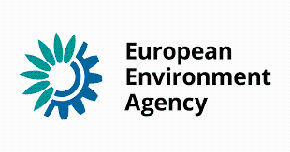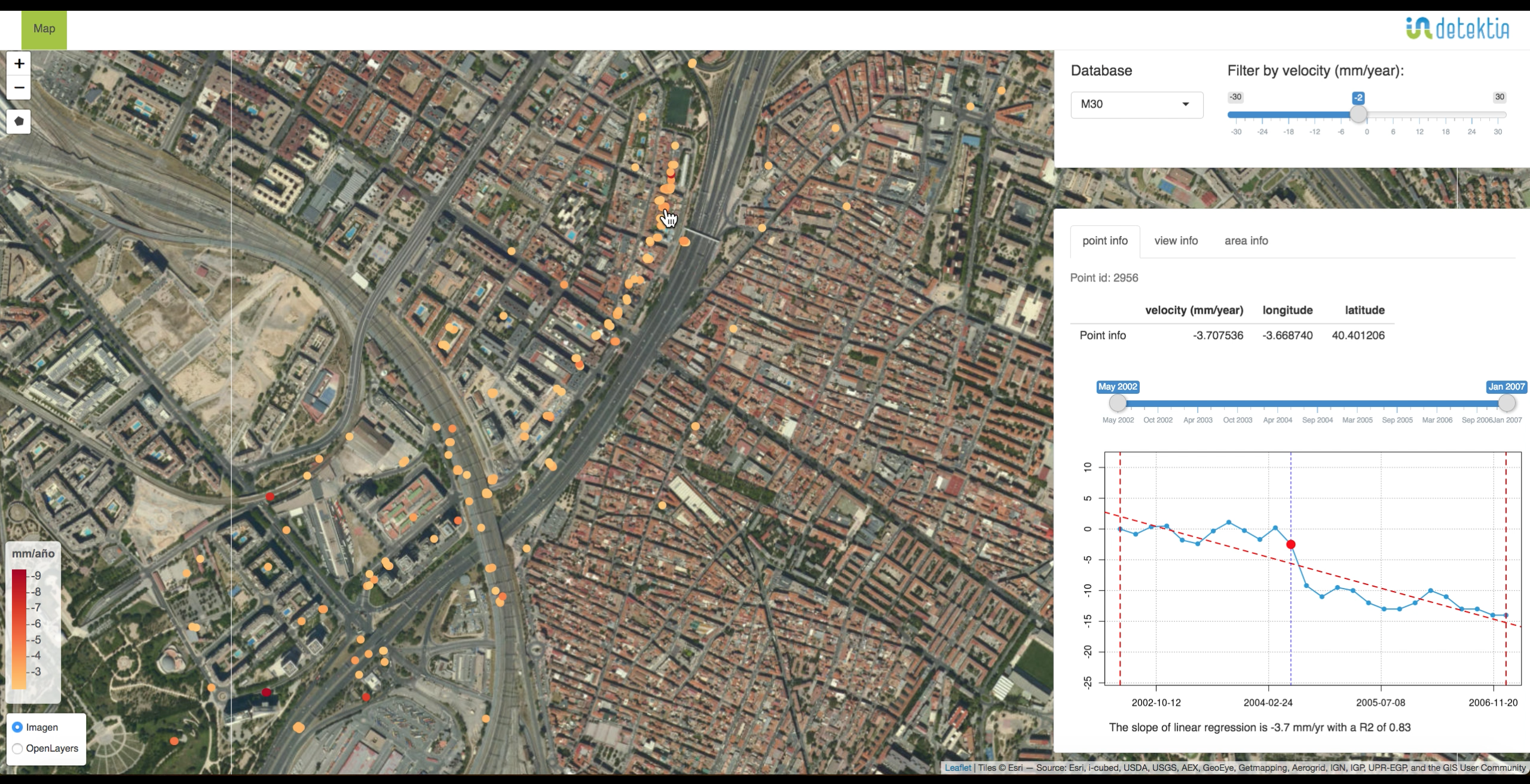Success story
mySITE

Profile
With global environmental change and biodiversity in decline, the research community is working on developing sensitive, high-resolution indicators for efficient policy support. Over the past 30 years, satellite remote sensing (SRS) has proven to be beneficial in environmental research and monitoring (Pettorelli et al. 2014). The difficulty in quantifying e.g. biodiversity trends has prompted the GEO Biodiversity Observation Network (GEO BON) to propose a framework of Essential Biodiversity Variables (EBV). Ground-truth data on biodiversity is not only essential for providing reliable EBVs from SRS and validating them, it can also be used in a holistic manner (e.g. CEOBE proposed by Bush et al. 2017).

Proposal
Internationally applicable, harmonised and standardised frameworks of in-situ observations are the key to provide standardized retrievable and localised (=site-based) environmental data. We will use the European eLTER Research Infrastructure by making its biodiversity and ecosystem data available through web-based services and providing tools to integrate this data with SRS products (e.g. EBVs). LTER covers a wide range of European ecosystems (Mirtl et al. 2018) and holds long-term, localised datasets on various organisms and habitats, as well as relevant in-situ observations on ecosystem properties (e.g. primary production) and the drivers of changes in biodiversity (climate, air pollution, soil properties, land use, etc.).

Benefits
- Supporting more efficient environmental policy
- Provision of reliable and high resolution data which allow monitoring of the current conditions







